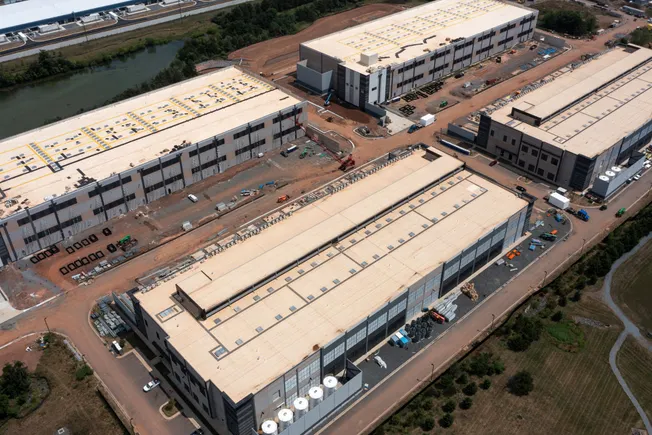
Var Energi announced, in a statement posted on its website, that it has made a new “commercial” gas and condensate discovery in the Vidsyn exploration well, which is situated near the Var Energi operated Fenja field in the Norwegian Sea.
The company noted in the statement that the discovery was made on the Vidsyn ridge, which it said has the potential to hold up to 100 million barrels of oil equivalent (mmboe) gross. Var Energi said in the statement that the Vidsyn well confirms discovered recoverable resources in the range of 25 to 40 mmboe gross.
“The remaining potential of the ridge will be assessed through an appraisal program, to facilitate for a fast track development,” Var revealed in the statement.
“The well encountered very good quality reservoirs with over 200 meters of hydrocarbon column. The discovery is located updip of a previous exploration well, providing a clear framework confirming commerciality and supporting further evaluation of the broader Vidsyn ridge,” the company added.
“The reservoir contains high quality gas-condensate only eight kilometres from the existing Fenja subsea infrastructure, which is tied into the Njord host facility,” it continued.
Var Energi highlighted in the statement that the find is the third commercial discovery for the company so far in 2025 and noted that it will be evaluated as a potential tie-in to Fenja.
“Vidsyn is an exciting discovery unlocking a much larger potential along the ridge in our operated Fenja area and adding high-value barrels to be developed leveraging existing infrastructure in which Vår Energi holds significant equity,” SVP Exploration at Var Energi, Luca Dragonetti, said in the statement.
“We are actively exploring in this area and are currently maturing new prospects. The Vidsyn discovery is the consequence of our disciplined and selective exploration strategy focused on expanding our ability to deliver value through proximity to existing infrastructure,” Dragonetti added.
In a statement posted on its website, Var’s partner in the discovery, DNO ASA, confirmed a gas and condensate find on the Vidsyn prospect.
“Preliminary estimates put gross recoverable resources in the range of 25 to 40 mmboe with a mean of 31 mmboe, above the pre-drill estimate range,” DNO said in that statement.
“The Vidsyn discovery was made in Middle Jurassic high-quality reservoir sandstones of the Ile formation. The partnership, including Vår Energi ASA … considers the discovery commercial and sees a potential to unlock a larger volume in the license,” it added.
DNO Executive Chairman Bijan Mossavar-Rahmani said in the statement, “Vidsyn is another exciting addition to our string of Norway discoveries”.
“Together with Var Energi, we will work hard to put it into production faster than is the norm in Norway,” Mossavar-Rahmani added.
In its statement, DNO noted that, since re-entering Norway in 2017, it has participated in over a dozen discoveries on the Norwegian Continental Shelf, including three on permits operated by the company.
Var Energi has a 75 percent operated interest in the find. DNO outlined in its statement that it has a 25 percent stake in the discovery, “up from 7.5 percent prior to the recent acquisition of Sval Energi Group AS last month”.
A statement posted on the Norwegian Offshore Directorate website also highlighted that Var Energi and its partners had made a gas/condensate discovery in the Vidsyn prospect.
That statement pointed out that the discovery well was the eighth wildcat well to be drilled in production license 856 and that the well was drilled by the Deepsea Yantai rig.
“Extensive data acquisition and sampling have been carried out,” the Norwegian Offshore Directorate said in the statement.
“The well was drilled to a vertical depth of 3,857 meters below sea level and was terminated in the Åre Formation from the Late Triassic. Water depth at the site is 310 meters. The well will be permanently plugged and abandoned,” it added.
To contact the author, email [email protected]





















